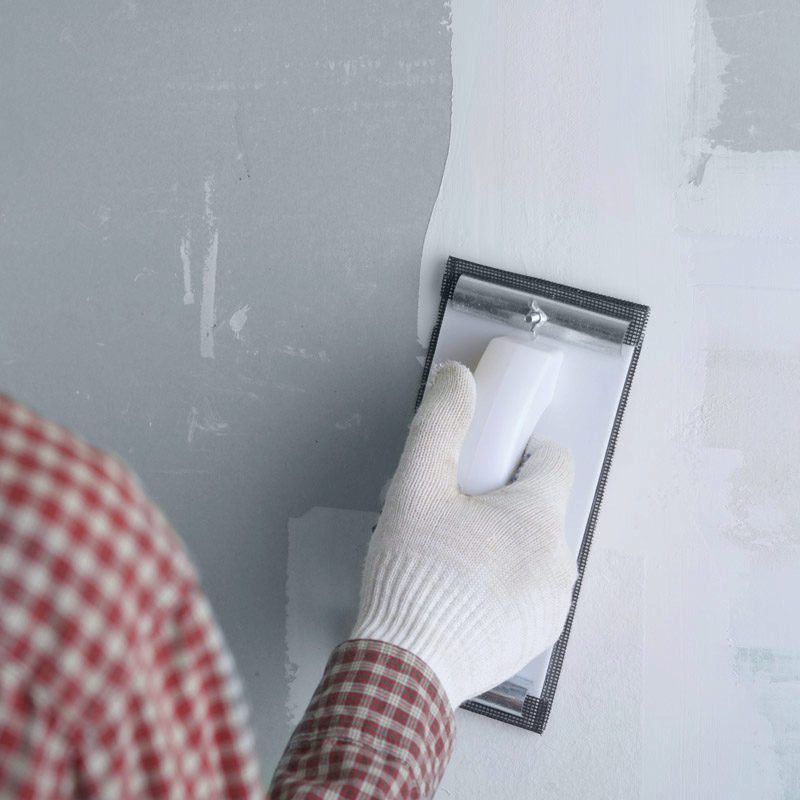
How To Sand Drywall Without Creating a Dust
A drywall project isn’t finished until you’ve sanded it. The rough, coarse texture of this material doesn’t hold paint well, but you can fix this problem by sanding it down. However, one of the most common complaints people have when sanding drywall is the creation of a massive amount of dust. Sanding just a single piece of drywall will lead to a massive storm of dust and debris, covering the floors, furniture and everything else that’s nearby.
Rather than sanding your drywall the old fashioned way — using a sanding machine — you should consider using a drywall sanding sponge. These sponges are designed with an abrasive side to smooth out the surface of drywall while adding a small amount of moisture to it. This allows contractors, builders and DIY homeowners to perform a wet sand on their drywall, reducing or even eliminating the production of dust.
Steps To Sanding With a Drywall Sponge:
- Purchase a drywall sponge from your local home improvement store (note: do not attempt to use regular sponges, as they aren’t hard or abrasive enough for the job).
- Cover the room with plastic drop cloths to protect it from stray drywall dust.
- Gear up in a dust mask.
- Soak the drywall sponge in warm water and ring it out.
- Starting from the top of the drywall and working your way down, firmly press the abrasive side of the sponge against the drywall and scrub it in a circular motion.
- Continue scrubbing the drywall, cleaning the sponge every couple of minutes.
- When you are finished, wait for the drywall to fully dry before attempting to paint it.
Drywall sponges eliminate the need for power sanding tools, shop vacs, and other complicated tools. Using nothing more than a sponge and water, you can sand down your drywall without the production of dust. The only downside to this method is that it typically takes a bit longer and requires more energy. Assuming you only have a small room or two to sand, however, a drywall sponge is the perfect tool for the job.
Alternatively, you can also use a shop vac with a dust-catching filter to sand drywall. A high-end dust-catching filter will suck up and ‘catch’ the dust produced while sanding drywall. This isn’t technically considered wet sanding, but it’s still an effective way to sand drywall while preventing the spread of dust.




